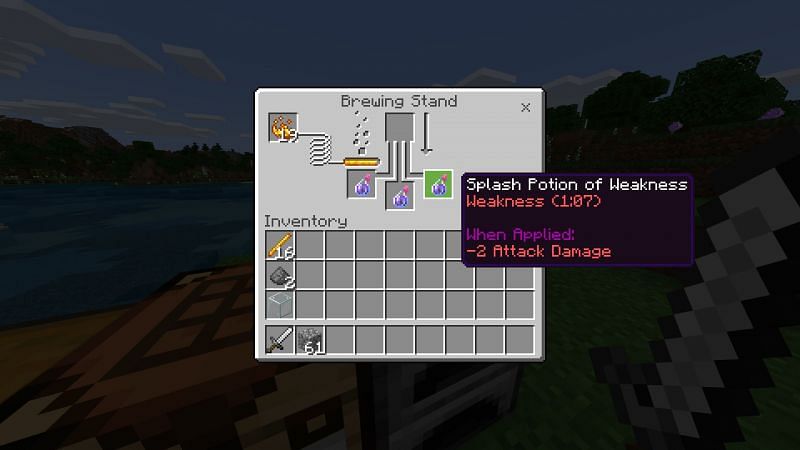

Each recipe has a specific ratio of essences, and the closer you get to the perfect balance for your desired potion, the better chance you have of brewing an improved version of that potion. One part of the gameplay of Potionomics is taking ingredients and extracting their essences to brew potions you can put up for sale at your shop.May overlap with Just Add Water when the process isn't detailed and requires fewer items than are logically needed. Likewise, the idea of the Philosopher's Stone, which was arguably the whole point of real-life alchemy, is rarely associated with it in games.Ī subtrope of Item Crafting compare Spell Crafting. What rarely comes into consideration in such mini-games is the issue of timing and time costs in general, so the player can often turn mounds of raw materials into a small drug store worth of potions within seconds of in-game time. Higher skill levels may be a prerequisite for learning more advanced recipes, and perks may allow for irregularities, like combining two effects in a single flask. In RPGs, the alchemist's stats and skills influence the magnitude and duration of potion effects. Sometimes, the ingredients must be mixed in a specific order in other games, the order is irrelevant. These tools can be stationary level features or inventory items to be carried around, and their quality can influence the quality of the potions produced with them.

The Player Character may or may not require in-game tools to mix potions. Other games cut out the middle man entirely and assign specific effects directly to ingredients, leaving it to the player to distill the latter into the former. Instead of requiring specific ingredients for every recipe, many games instead assign one or more "alchemical essences" to each ingredient, allowing for a multitude of interchangeable primary resources without a recipe explosion. Sometimes, knowing the recipe is a requirement to make a potion at other times, players can discover recipes on their own by experimentation. Most games give the player explicit hints about which ingredients produce which results when mixed together. Mixing the wrong ingredients usually wastes them, with several optional mechanics thrown into the mix: Said process generally takes place in a mini-game revolving around mixing proper ingredients in just the right proportions, because Alchemy Is Magic and Magic A Is Magic A. The best way to get the frost potion without failing is to add a crushed waterbloom to the cauldron first, then a crushed terraria, then another crushed waterbloom, and, finally, a whole waterbloom.Many fantasy video games include consumable Magic Potions, and some of them allow the player to mix their own potions (or poisons) of various effects in a process vaguely inspired by real-life Alchemy. Players should be careful though, as the frost potion is close to a failure zone on the alchemy map. The best early-game crafting combination, however, is actually three waterblooms and one terraria. When crafting the frost potion, however, players might be tempted to use the windbloom herb, especially as its description talks about using it to cool down. The fire potion can be crafted with three firebells, a flower-like herb. For example, the healing potion is explained in the tutorial. The first few recipes in Potion Craft are easy to figure out, either through tutorial help or by reading the ingredient descriptions and making educated guesses.
:max_bytes(150000):strip_icc()/2020-12-16_18.31.55-992ec9ba85c34602aa270acd6b62b31f.png)
Related: Microsoft Flight Simulator's Top Gun Expansion Delayed To Match the Film


 0 kommentar(er)
0 kommentar(er)
